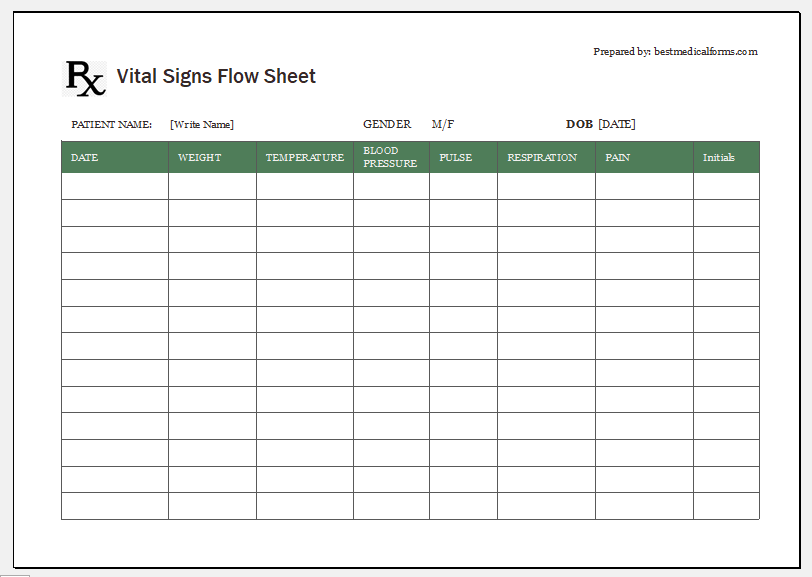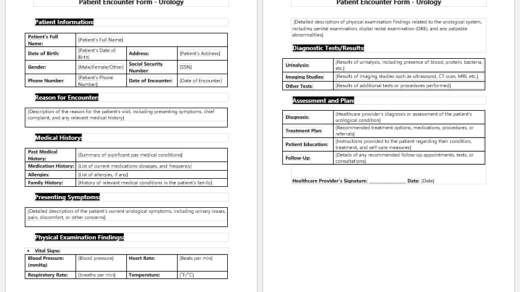Whenever a patient comes to the doctor or a hospital, vital signs are checked immediately after knowing the history. They are a part of general physical examination and give us a great deal of information regarding the general condition of the patient and the proper functioning of vital organs of the body like the brain, lungs, and kidneys. It can also tell about various systemic conditions underlying.
Components of vital signs
Usually, four signs are considered vital signs
- Blood pressure: commonly written as BP
- Pulse
- Temperature
- Respiratory
rat
Other signs are
- Height
- Weight
- Oxygen saturation
Blood Pressure
Blood pressure or BP is by far the most important vital sign. Any examination is incomplete without it no matter what the age of the patient.
The significance of systolic and diastolic blood pressure cannot be overemphasized. Different systemic illnesses affect blood pressure directly especially in elderly patients, pregnant ladies, and those with already-diagnosed cardiac or renal diseases.
Pulse rate
Pulse is the second most important vital sign. If a physician is well versed in the importance and types of pulses in different diseases, he can pick up the disease by mere physical examination. He may not need any further investigations.
By pulse, we mostly mean the radial or brachial pulse rate per minute. Normal ranges of the pulse are different in different age groups. In a normal healthy adult, it is around 60 to 100 beats per minute and an average of 72 beats per minute or BPM.
Temperature
Our bodies tend to maintain a steady core temperature that is around 37 degree Celsius. Any increase or decrease requires investigating and managing. Temperature moderation or thermoregulation is also an indication of normal brain function.
Respiratory Rate
Respiratory rate is also different in different age groups. In a normal and healthy adult, a respiratory rate between 16 to 20 is considered normal. This rate decreased or increases, indicates respiratory compromise, and needs immediate attention.
Height and Weight
Especially in children and pregnant ladies, we are concerned with weight. In vital sign charts, we need to track down the weight of the patient according to height. For example in kids, we continuously want to know if the weight and height of the kid is increasing according to age or not.
VITALS SIGNS FLOW SHEET
The main components of the vital signs flow sheet are already discussed above. We know the significance of the chart in hospitals. We track all the signs taken at different points of time in one place and the doctor can have a good idea of the patient at one glance.
The sequence of this flow sheet is
- Introduction of the patient including name, age, sex, or any diagnosis
- Doctor name that is treating this patient
- Columns and rows are assigned to each vital sign in front of a date. We write the date at the topmost column and write the vital signs we have taken below that in front of its particular category.



